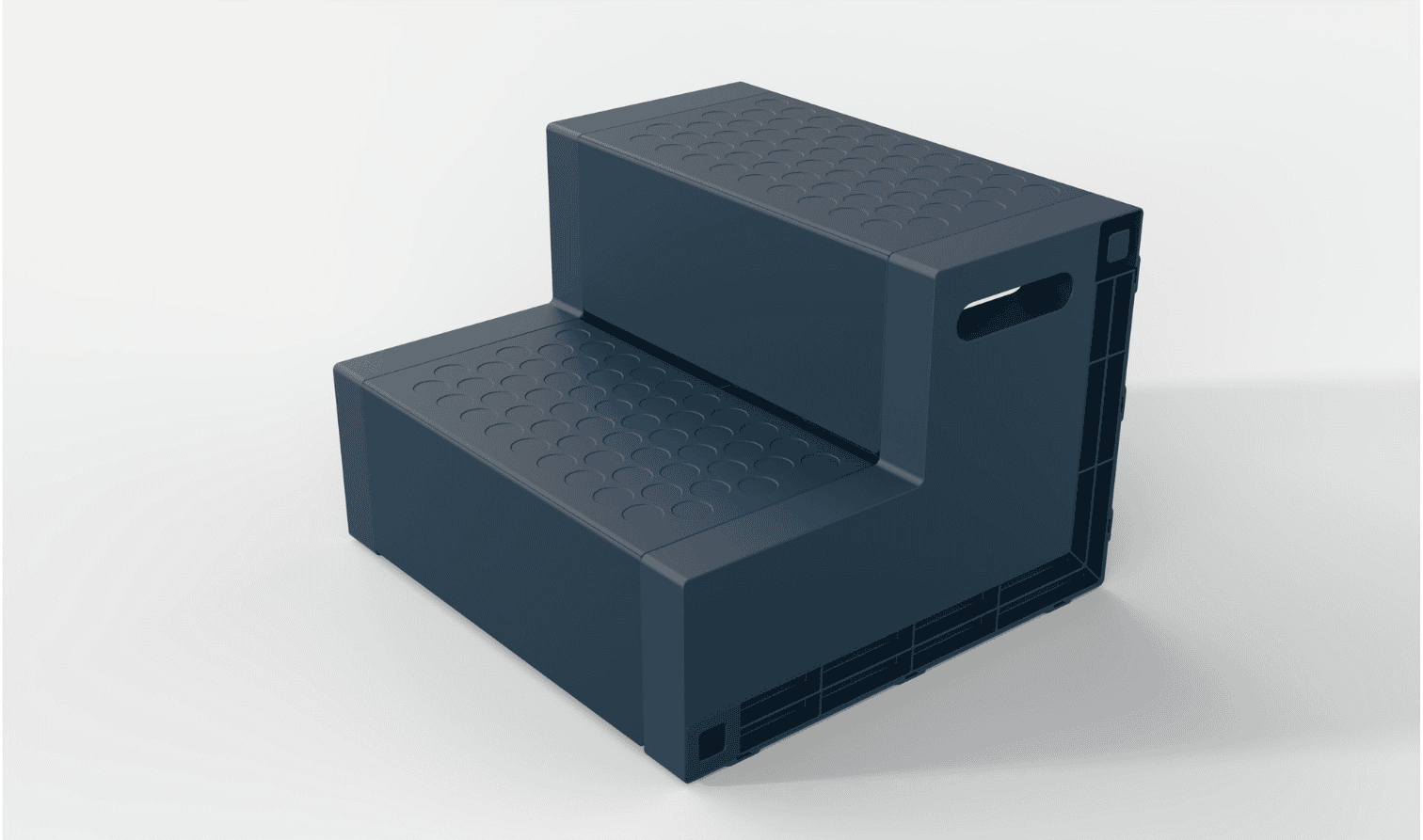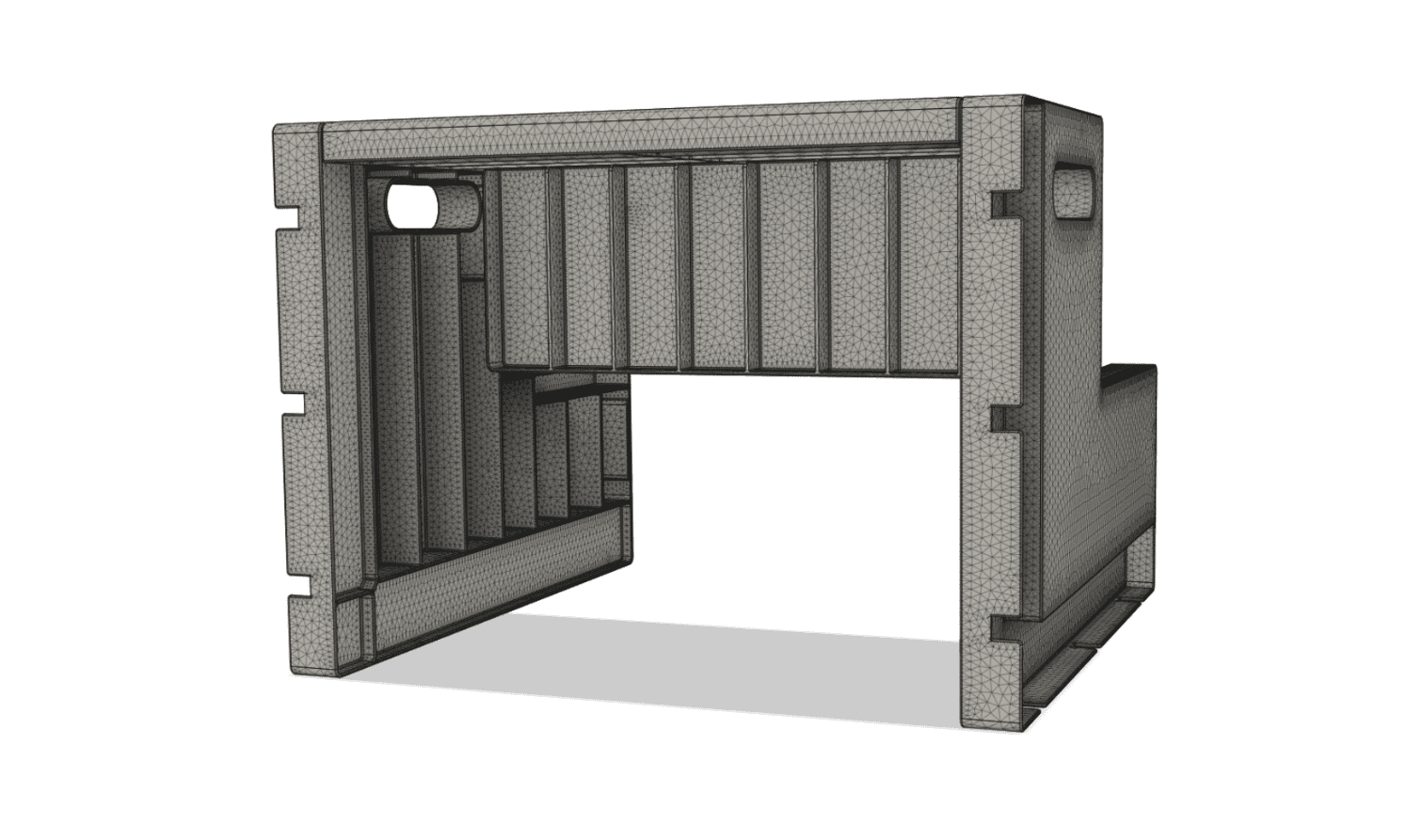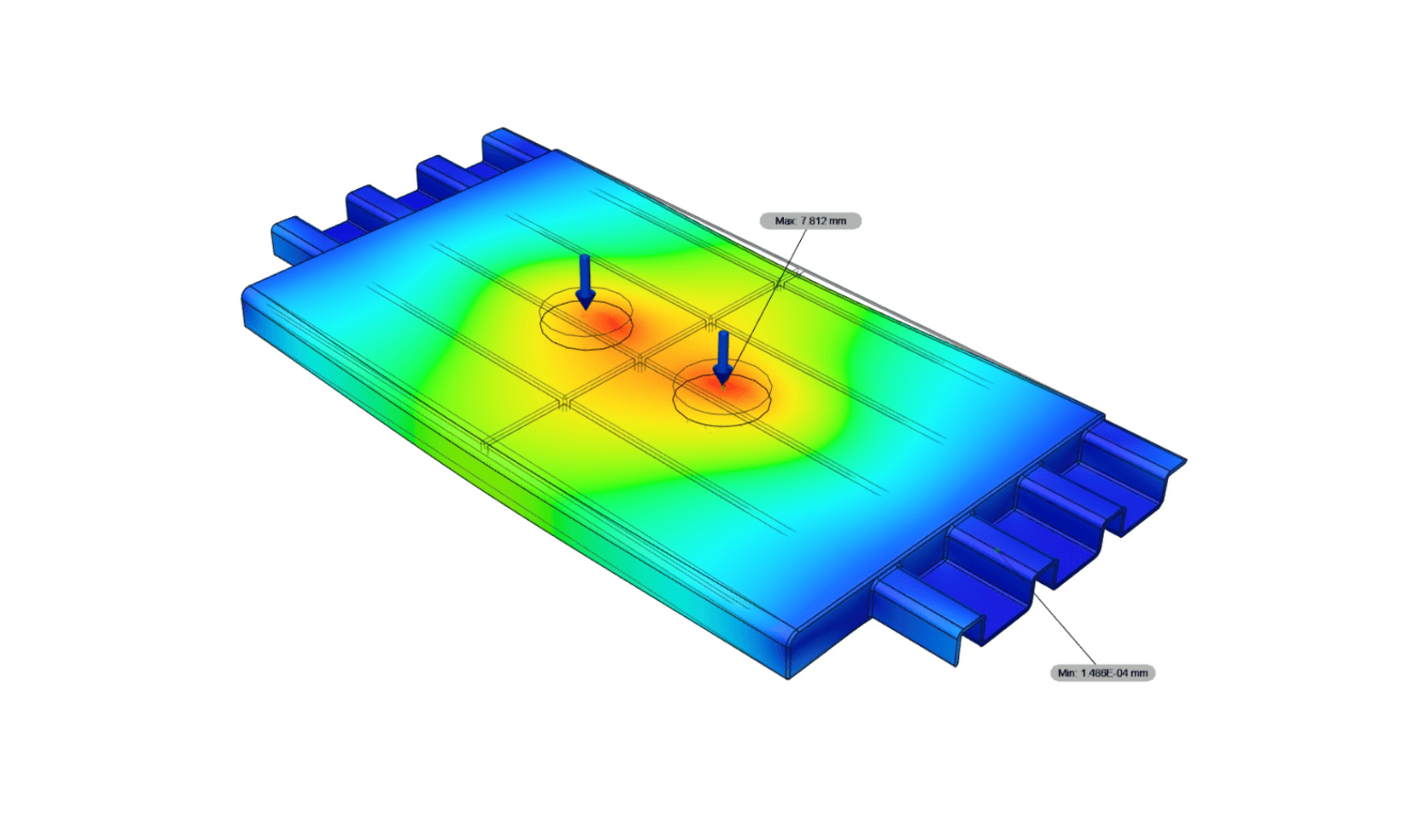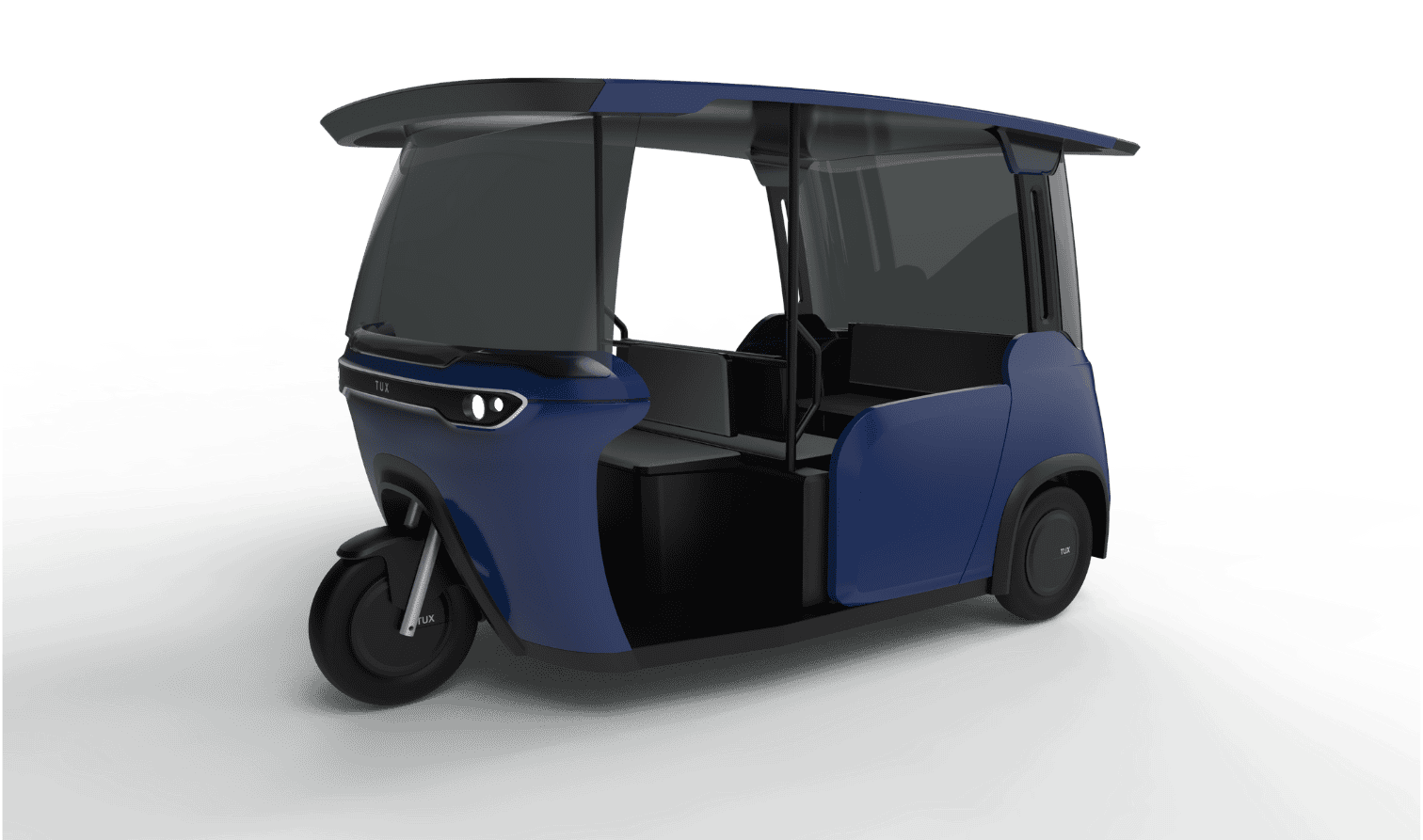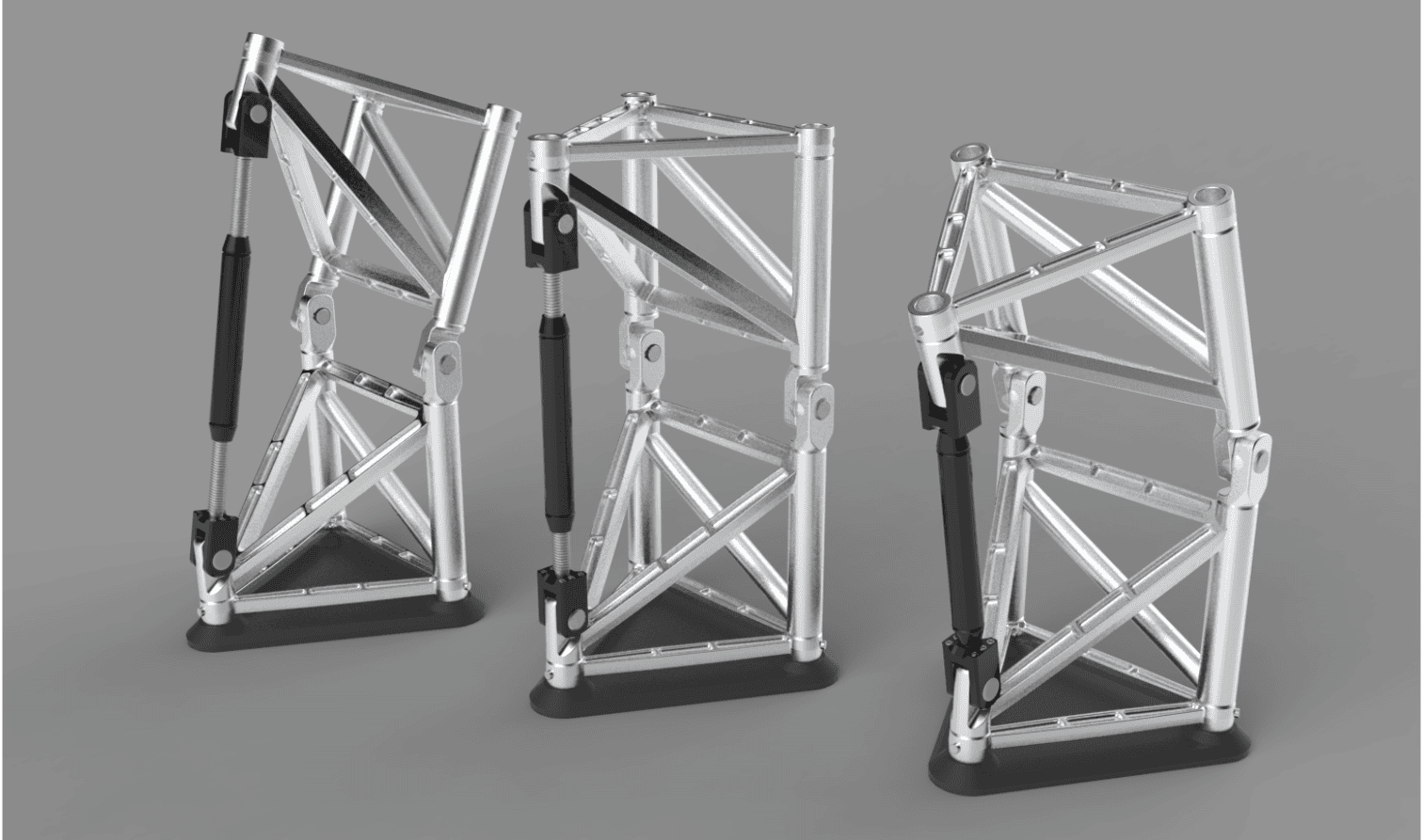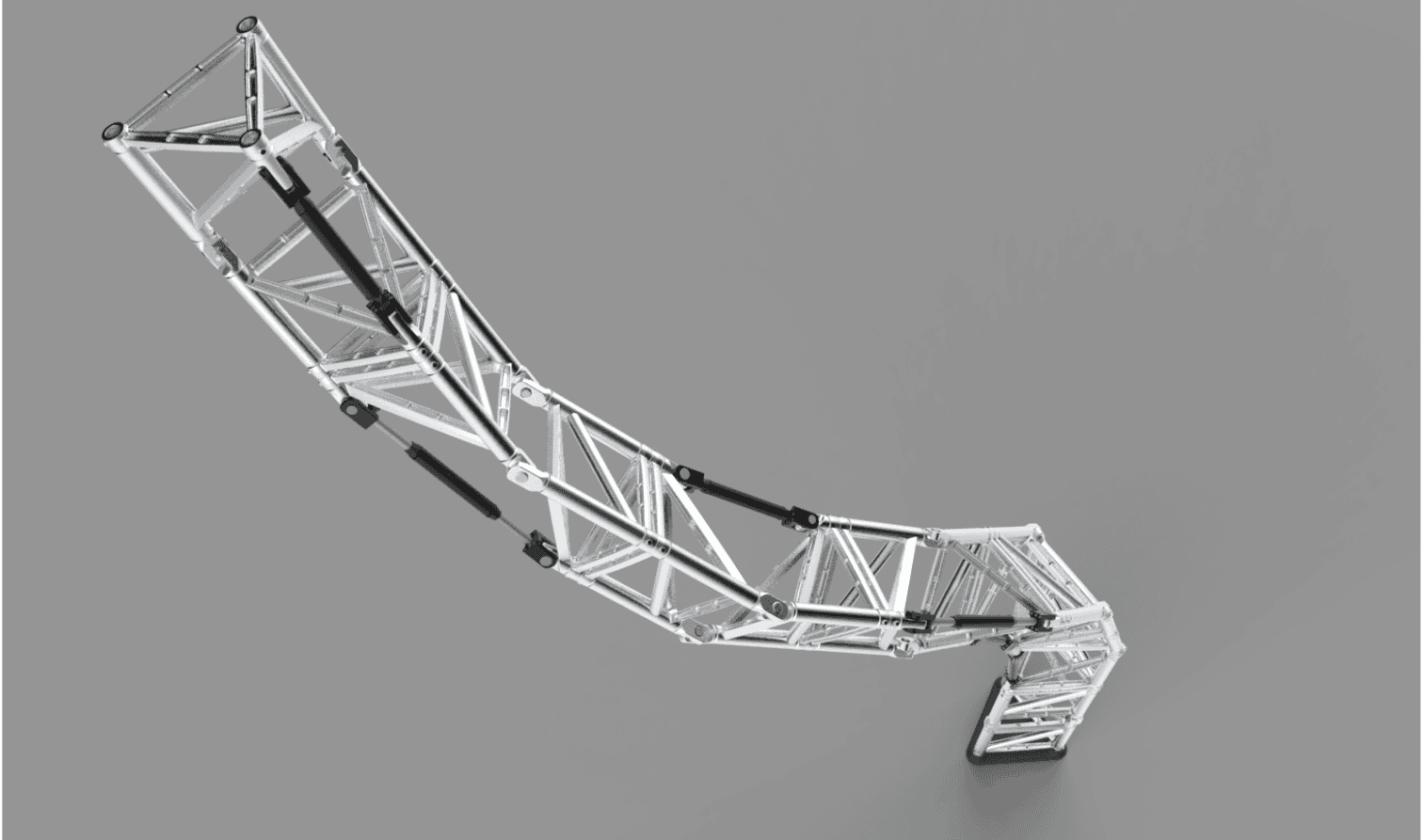Importance of FEM Analysis in Product Design
In the ever-evolving field of technical product design, ensuring the structural integrity of products under various conditions is a fundamental step. At Mango Product Design, we employ advanced Finite Element Method (FEM) or Finite Element Analysis (FEA) to predict and mitigate potential structural issues. FEM/FEA analysis plays a crucial role in assessing how products respond to loads, impacts, vibrations and drops. This blog delves into the significance of FEM/FEA in product design, the software tools we use, our step-by-step optimization process and the indispensable role of prototyping and testing.
Understanding FEM Analysis
FEM analysis is a computational technique used to predict how products will react to real-world forces. By breaking down a complex structure into smaller, manageable elements, FEM/FEA allow our engineers to simulate and analyze the behavior of materials and components under various conditions. This analysis helps identify potential weak points and stress concentrations, providing valuable insights into the structural performance of the design.

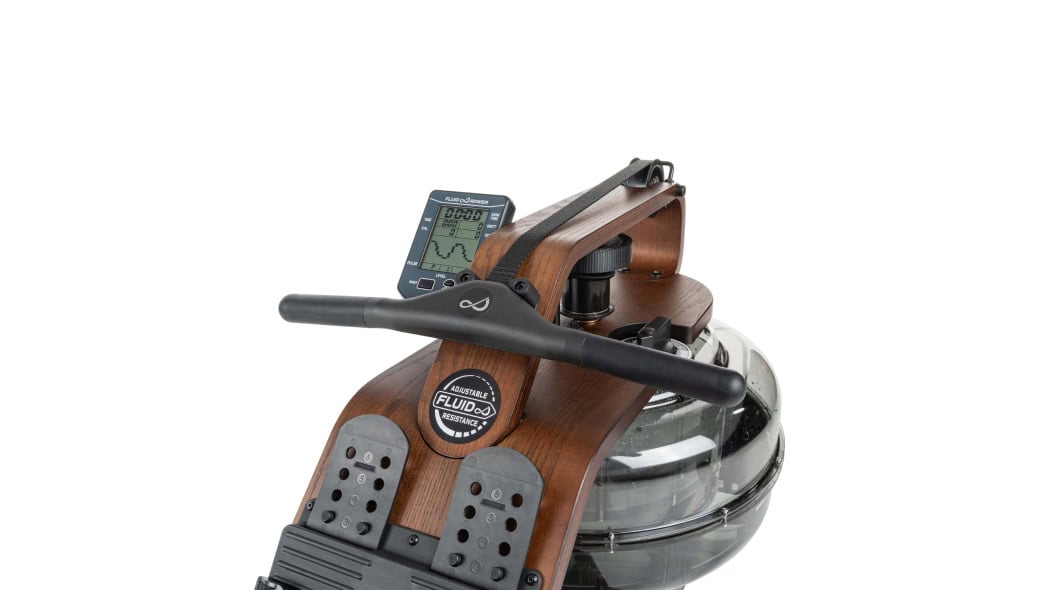
Ensuring structural integrity
Products are subjected to a variety of stresses during their lifecycle. From the weight they bear, to the impacts they endure, to the vibrations they experience during operation, every aspect of a product's environment can affect its structural integrity. FEM analysis helps predict how these factors will impact a product, allowing our design engineers to make informed decisions about material selection, thickness, and overall design to enhance durability and performance.
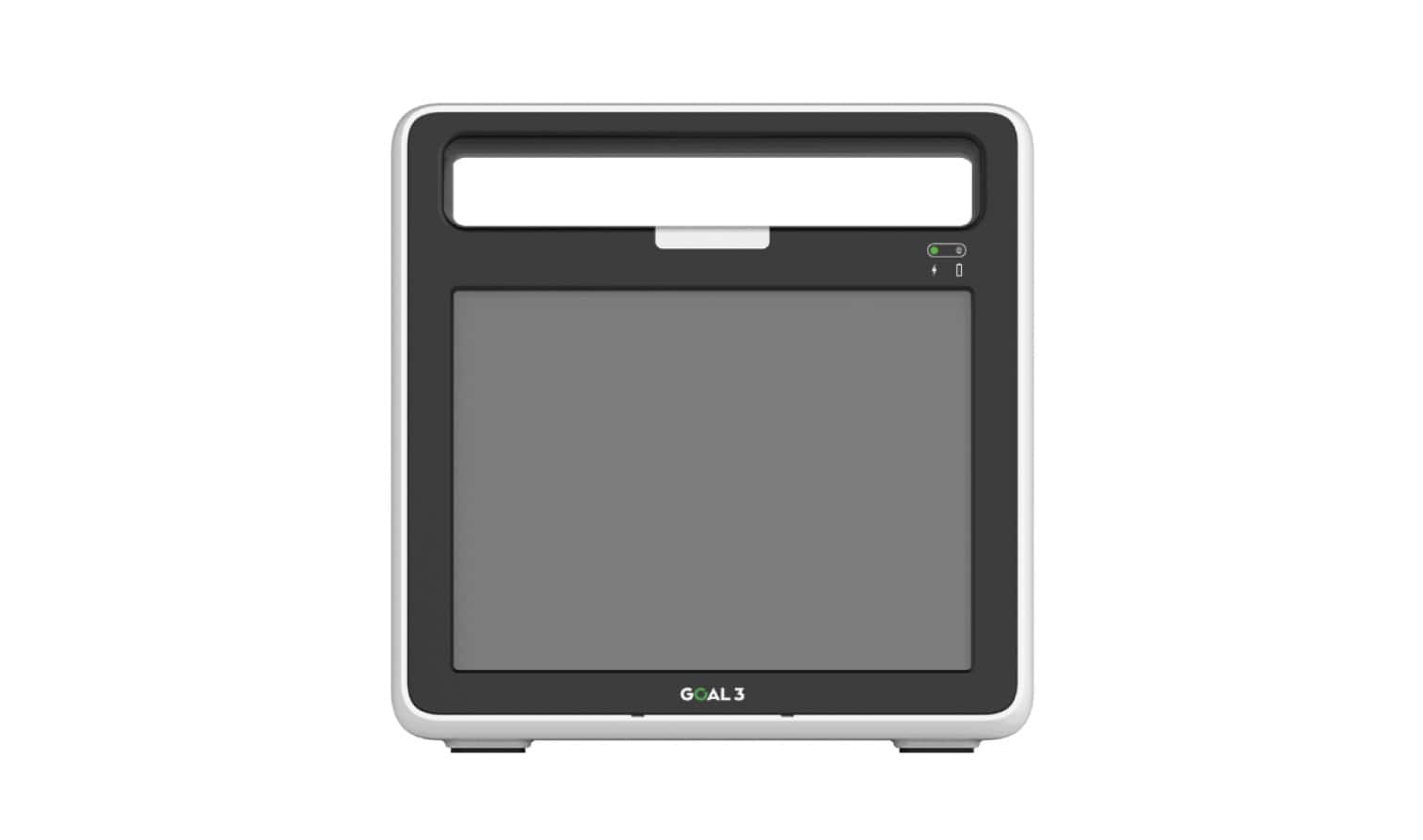

Scenarios Analyzed by FEM/FEA Software
FEM/FEA software can simulate a wide range of scenarios, each providing valuable data to improve the product design we are working on. Here are some of the key types of analyses:
Static Analysis:
evaluates a product's response to constant forces, such as stress distribution in a hospital bed under a patient's weight.
Dynamic Analysis:
assesses a product's behavior under time-varying loads, such as simulating the effects of bumpy roads on a car's suspension.
Thermal Analysis:
examines how a product responds to temperature changes or heat generation, such as heat dissipation in an electronic device.
Modal Analysis:
identifies natural frequencies to prevent resonant vibrations that could cause failure, such as frequencies of a turbine blade.
Non-Linear Analysis:
addresses materials with non-linear behavior under high loads, such as the deformation of a rubber seal under pressure.
Fatigue Analysis:
predicts a product's lifespan under cyclic loading conditions, such as evaluating the fatigue of a bicycle frame.
FEM Analysis process
At ManGo Product Design, we use advanced FEM/FEA software to perform detailed analyses. The process starts with creating a CAD model based on the design requirements and specifications. This model is imported into the FEM/FEA software, where it is divided into finite elements. At this stage, we define material properties, boundary conditions and apply relevant loads. We collaborate with our clients to establish the simulation scenarios, which are based on regulatory standards, environmental factors or worst-case conditions. The FEM analysis software runs simulations to assess how the product behaves under various physical conditions, helping us identify stress concentrations and potential failure points. Our team carefully reviews the simulation results, focusing on areas of high stress, excessive deformation, or other critical concerns. If necessary, we make design adjustments, which could involve refining material properties, changing dimensions, or redesigning components to optimize performance and durability.
Real-life scenarios
Environmental factors like temperature fluctuations and sunlight exposure can greatly influence material properties and product performance. When defining FEM analysis scenarios, our team incorporates these real-world conditions to assess their impact on our designs. This allows us to make any necessary adjustments to improve durability and functionality. For example, a product intended for use in both the summer heat of Spain and the winter cold of Finland must be analyzed in both conditions to ensure consistent performance. This thorough approach guarantees that our designs are robust and reliable, regardless of the environment in which they are used.
Prototyping and Testing
While FEM/FEA analysis provides valuable insights, it is not a substitute for physical testing. It is mostly a tool used in the early stages of the development process to optimize a design before costly prototypes are made. Such prototypes are essential to validate simulation results and ensure real-world performance. At Mango Product Design, we emphasize the importance of building and testing prototypes under diverse conditions in the same way as done in the digital FEM analysis. A thorough testing process helps us understand the limits of our designs and make necessary adjustments before advancing to mass production.
Conclusion
At Mango Product Design, we integrate FEM/FEA analysis into our design process to create products that are safe, reliable and optimized for performance. By simulating various scenarios and interpreting the data, we can make informed design decisions that enhance the durability and functionality of our products. Coupled with rigorous prototyping and testing, this approach ensures that our designs not only meet but exceed expectations.
More information
Curious about how we can use FEM analysis to develop your indestructible product design? Contact us by phone, our online form or send an e-mail to: info@mangoproductdesign.com



